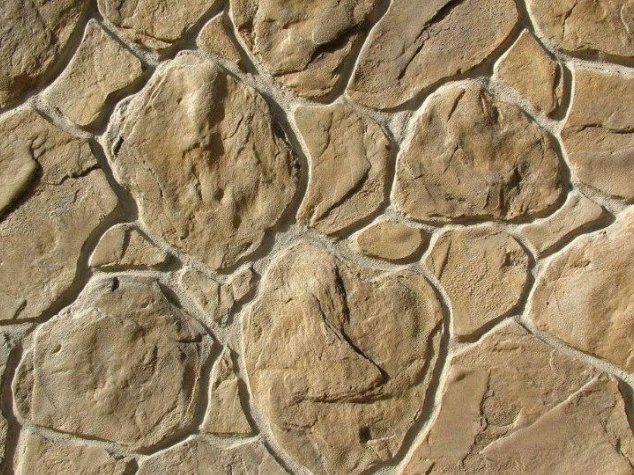
Venetian plaster

Decorative plaster bark beetle

Types of textured plaster

Structural plaster

Stucco Graphite

Antique Stucco

Decorative flock

Mineral plaster
For most ordinary people, plaster is a material made of sand and cement, which fill cracks and bumps, level the walls for further wallpapering, painting and so on. But with the addition of dye, the material turns into a modern look for the decor of the room. Wall decoration Stucco has a number of advantages and is gaining more and more popularity every day. It is customary to divide the material into several types - structural (to create furrows), textured (texture is created) “Venetian” and mineral (created with the addition of marble or granite chips). Moreover, various paints are often used for decorative coating of the material - capsule, mosaic, etc. For most of them, the term is not at all coined. There is also universal plaster, plaster for exterior and interior use.
Types of plaster
- Structural plaster (“bark beetle”, “fur coat”) - has a peculiar “appearance”: the surface treated with the material has an inhomogeneous, grainy appearance. The basis is granules of quartz. The material can be divided into coarse and fine-grained. By the way, the size of the structural grain varies from 0.6 to 3 millimeters.
- Textured - less well-known material than its classmates - structural and mineral plaster. In its raw form, it resembles a dough - a white mass that is tinted or coated with paint after application. The main advantage of textured plaster is its plasticity, with the help of which various effects are created - bas-relief, panels, etc.
- “Venetian” plaster is a universal material: on the one hand it is able to imitate valuable breeds of stone, on the other - it is used by designers to create drawings and other decor on the walls. It has certain difficulties in work: application in several layers, grout, etc.
- Mineral plaster - based on crumb, is often used in decorating a room. Among other things, it stands out for its durability, environmental friendliness and relative cheapness.
Features of decorative plaster
When choosing a decorative material, pay attention to the instructions and specifications. The application technique for each material is different, so it is important to remember some nuances:
- Coating with coarse aggregate can only be applied by hand.
- Liquid materials should not be diluted with water.
- Water-based plaster is less toxic, but also susceptible to environmental influences.
- Marble chips are difficult to apply manually, because the structure may be lost during application.
- Material with high adhesion may not be accepted as a coating due to loss of strength.
Consider the process of applying decorative plaster to a video
Wall decoration with stucco, the nuances of choice, the subtleties in working with a particular look - all this and not only you can find on our website.

Wall decoration in the bathroom: beautiful design options in the photo
Walls in the bathroom: a variety of finishing materials in a trendy design
The use of artificial wood in modern design projects.
Stencils for walls: painting options
Wall decoration with cork wallpaper: the nuances of using natural material
Wall painting in the apartment: finishes and creative design techniques
Wall painting in the interior - your unique home design
Textured Venetian plaster
Moldings: 100 ideas for interior use
Wall panels for modern interior decoration
Choosing the perfect wall color for your bedroom
How to decorate the walls in the corridor practical and beautiful?
Wall panels to decorate your home
Stylish and attractive wall decoration in the bedroom
We make the walls in the nursery beautiful and practical